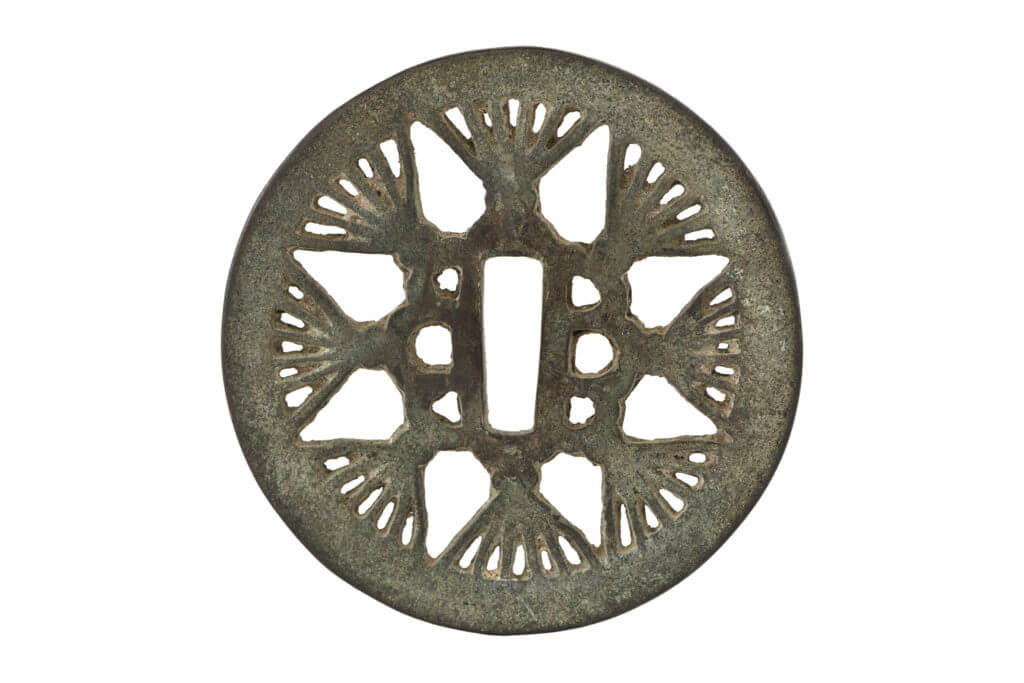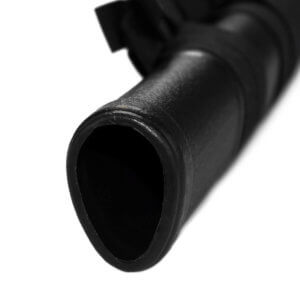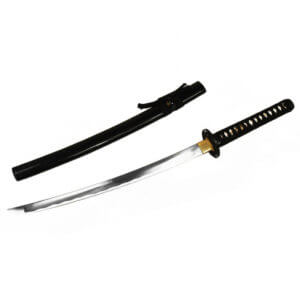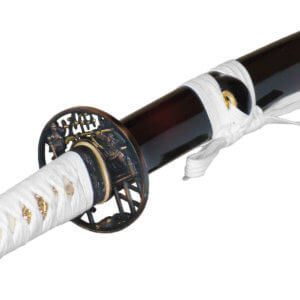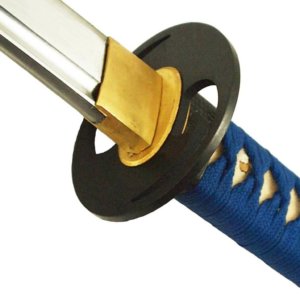The names for the appearance of tsuba depend first of all on the external shape of the blade. There are many different types. The most common are these:
Round moulds

Maru Gata
Round
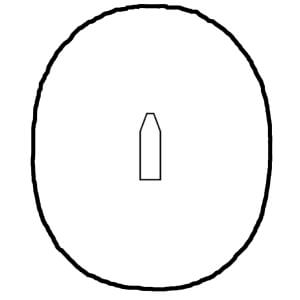
Nagamaru or Tatemaru Gata
Oval
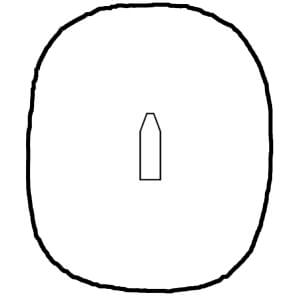
Nademaru Gata
Oval with additional rounded corners
Angular shapes
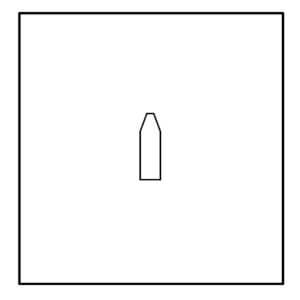
Sumikiri Kakugata
Rectangular shape
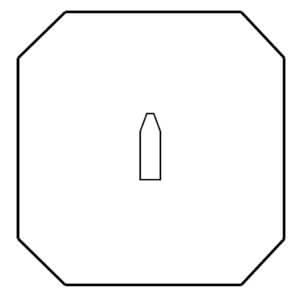
Tate Kakugata
Rectangular shape with "missing corners"
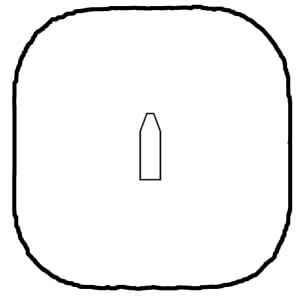
Nade Kakugata
Rectangular shape with rounded corners
Other basic shapes
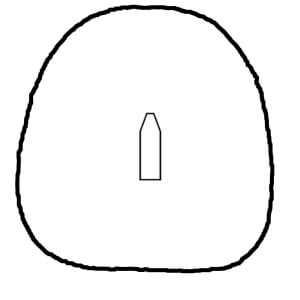
Aori Gata
Asymmetrical, rounded shape with a wider lower section.

Mokko Gata
A form with arches, of which there are numerous sub-forms. These are differentiated by how many arches the stitch plate has. The standard mocha pattern has 4.
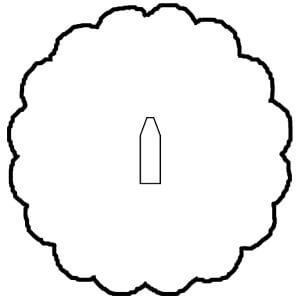
Kikka Gata
As soon as a mokko tsuba has more than 12 bows, the pattern is called kikka gata. Kikka means chrysanthemum and the term is used because the shape is reminiscent of the numerous petals of the chrysanthemum flower.
The frequently used form Tsurumaru Gata is a sub-form of the Kikka Gata. Tsurumaru means "crane in the round" and describes a crane depicted on a round blade, which usually has many arches around the edge.
Sukashi Tsuba
A term that refers to the appearance of a stic leaf and is frequently used is sukashi. This is independent of the overall forms mentioned above. Sukashi is used as a term when the pattern of the tsuba is characterised by perforations. This design is widespread and very popular, which is why it is also mentioned here. Sukashi is then differentiated again according to the type of openings and there are many sub-forms.

